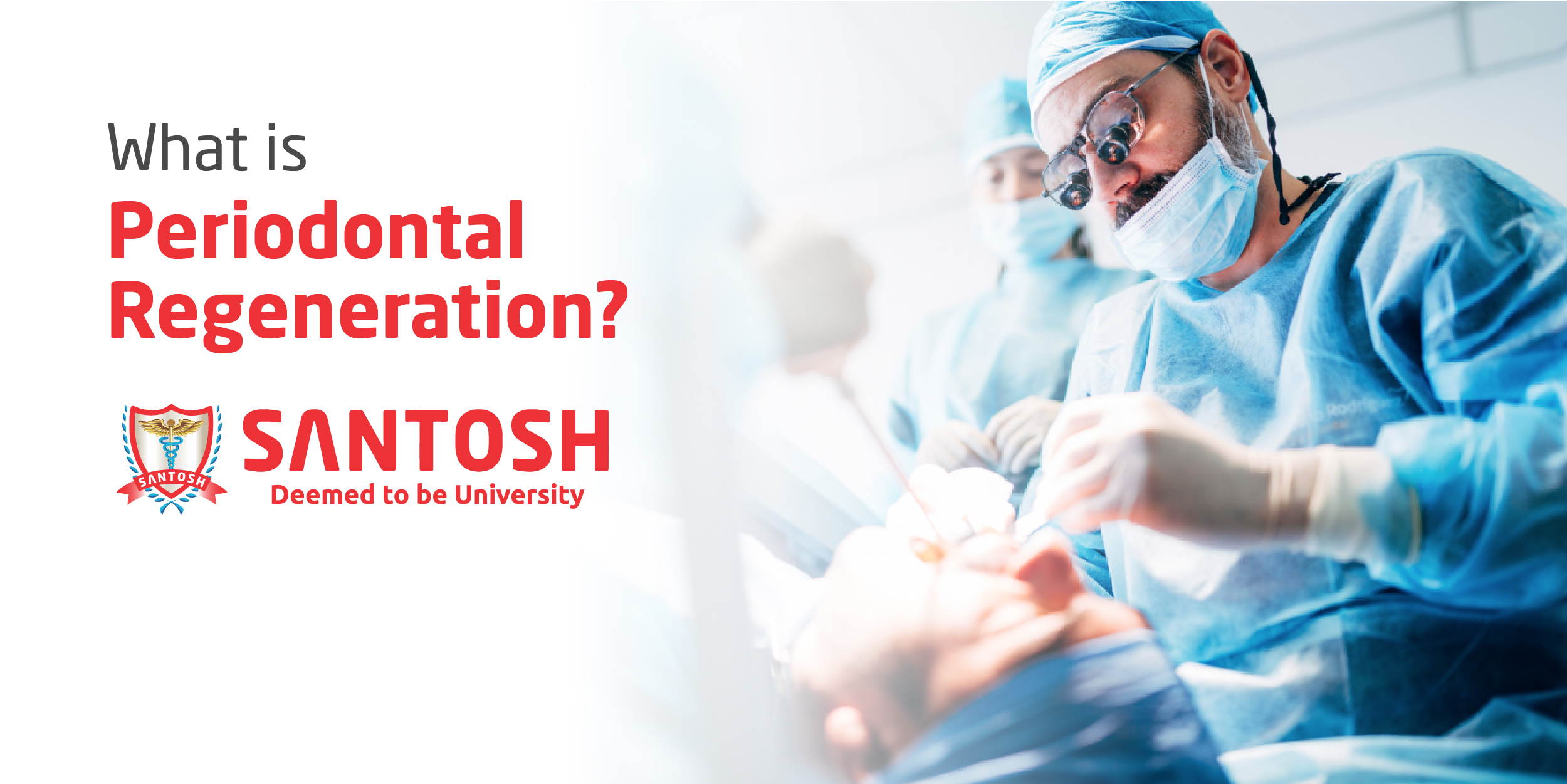
Periodontics is a dental specialty that focuses on the prevention, diagnosis, and treatment of disease of the supporting and surrounding tissues of the teeth. The reduction or elimination of tissue inflammation induced by bacterial plaque and its by-products, regeneration of lost periodontal tissues as a consequence of disease destruction and correction of defects or anatomical problems caused by the disease process, are the goals of periodontal therapy.
Regeneration refers to the reproduction or reconstitution of a lost or injured part, in contrast to repair, which describes the healing of a wound by tissue that does not fully help in restoring the architecture or the functioning of the part. Periodontal regeneration is histologically defined as the regeneration of the tooth’s supporting tissues which include the alveolar bone, periodontal ligament, and cementum over a previously diseased root surface.
The regeneration of lost supporting tissues has always been considered one of the ideal objectives of periodontal therapy. Hence, there has been a heavy emphasis on regeneration in the surgical treatment of periodontal disease. There are various approaches to periodontal regeneration. To achieve regeneration in deep infrabony defect GTR & bone grafts, growth factors, EMP has been implemented, clinical trials and histological observation have shown that both of them can achieve success.
Regenerative surgical treatment of intrabony periodontal defects results in dramatic improvements of bone loss attachment level and pocket depths that cannot be matched by other nonsurgical and surgical approaches. The combined approach is most useful in large wide defects where bone graft supplies structural function, membrane provides guided tissue and graft retention functions and biologic agents give cellular enhancement.